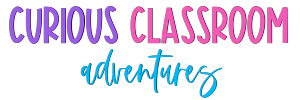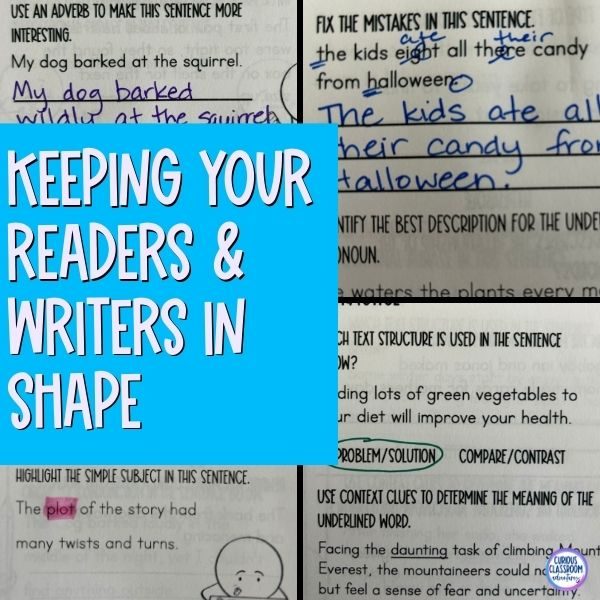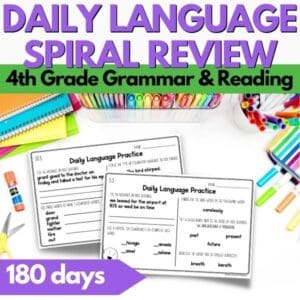So I recently started taking barre classes. What does that have to do with classroom routines or ELA exercises…well let me explain. I used to be a dancer, so I thought it would be nostalgic and make getting back into working out feel more like fun than work…and both of those things are true. But it also HURTS! I am using some muscles and some balance and coordination skills that I haven’t used in many years, and the relearning curve is steep.
My own relearning process has triggered my teacher brain to empathize with my students who have gotten rusty in a particular skill and struggle to shake off the cobwebs and get efficient at it again. Classroom routines I’ve found useful for maintaining many of those skills is using a spiraled daily language review. They’re basically a mini workout every day to keep students’ ELA muscles strong…ELA exercises which help us avoid the time and effort it takes to relearn a skill.
Here’s a sneak peek into the daily language review classroom routines I use and some of the ELA skills I’m making an effort to keep in tip-top shape.
Classroom Routines for Grammar Skills
First of all, I’m doing myself a favor and saving a few dollars on red pens by practicing the basics: capitalization, punctuation, and usage – this includes punctuating sentences, titles, clauses, conjunctions, dialogue, when to use commas, correcting run-on sentences, and common misspellings.

Next up are sentence types and structure. Whether it’s keeping content terms like “interrogative” sharp or analyzing a sentence for cause and effect, a little sentence work goes a long way.
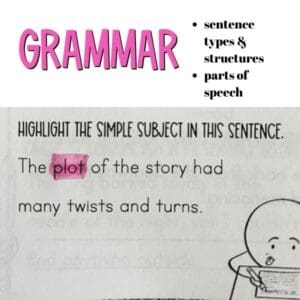
And we can’t forget playing around with parts of speech. It’s more than just identifying nouns and verbs. I want students to apply work with the nuances of more complex parts of speech too. For example, can they use a stronger adjective to improve a sentence that is technically correct?
Classroom Routines for Reading Skills
One area I make sure to cover is the basic anatomy of text. That includes concepts such as nonfiction text features, nonfiction text structures, the characteristics of different genres, point of view, author’s purpose, argumentative claims, intended audiences, and fact vs. opinion.
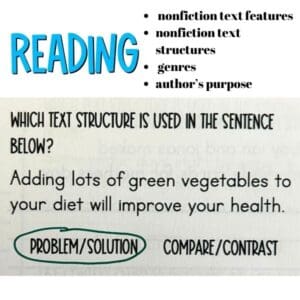
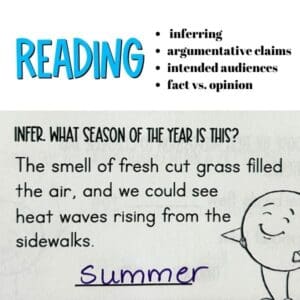
Another arm of reading skills includes the way authors choose to use language to convey feeling, tone, and mood. Here students get to practice inferring and play with figurative language, idioms, and analogies.
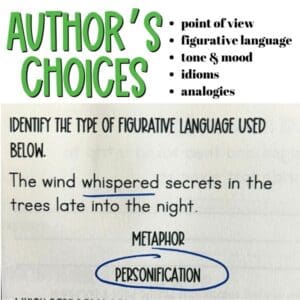
Classroom Routines for Vocabulary Skills
Helping students build a robust vocabulary makes them better readers and writers (plus it makes them more interesting to have a conversation with as well). The routine exercises for vocabulary muscles include working with affixes, roots, context clues, synonyms, antonyms, homophones, and multiple-meaning words (all the -nyms).
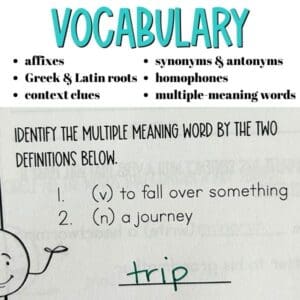
Just like the targeted exercises in my barre class, these classroom routines for daily language reviews keep my students’ minds agile and their ELA skills sharp. Plus, it’s a fun and engaging way to start each day, setting the tone for focused learning and growth. So, whether you’re plié-ing at the barre or parsing sentences in the classroom, remember to keep students’ ELA muscles flexed and ready for action! To get you started with daily language reviews in your own 3rd, 4th or 5th grade classroom you can grab a free copy of the ones you need for your grade level.
Or if you’re ready to jump in with both feet you can use one of these year-long resources!
